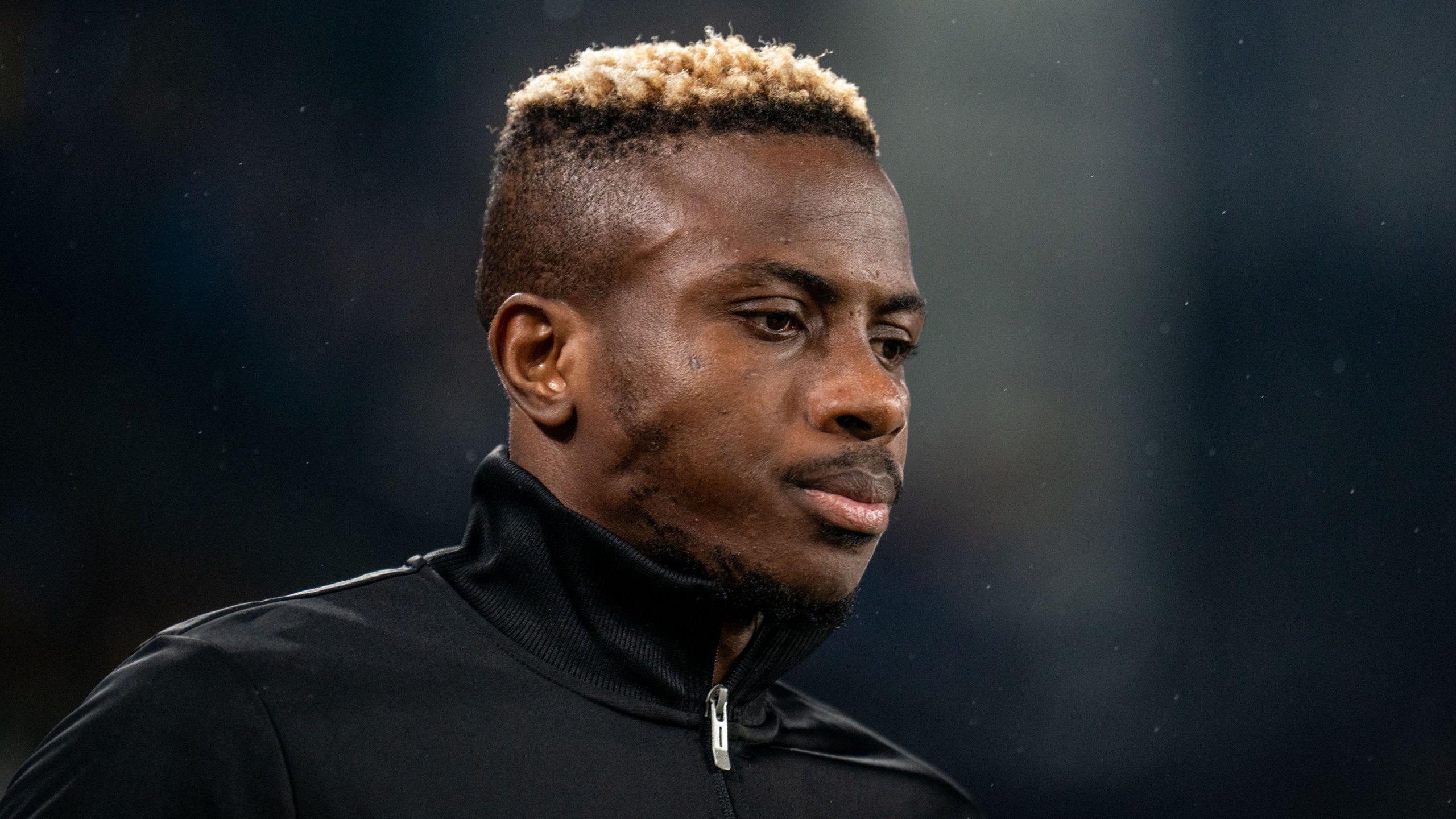Chelsea Transfer Sales Key to £60m UCL Boost
Chelsea transfer sales are now the hottest topic at Stamford Bridge, with the club scrambling to raise more than £60 million before UEFA’s squad-registration deadline for the 2024-25 Champions League.
Chelsea transfer sales and UEFA’s hard line
Under the updated UEFA registration rules, any club that records a net spend above the approved threshold must either trim its overall wage bill or bank transfer fees before new signings can be added to the Champions League list. Chelsea, who have splashed out well over £1 billion since Todd Boehly’s consortium took charge, remain at the centre of that regulatory spotlight. Their run to the FIFA Club World Cup final generated global buzz and additional prize money, yet that windfall is nowhere near enough to offset last summer’s spending spree, never mind the deals already confirmed for July.
Who could leave to balance the books?
Wingers Raheem Sterling and Mykhailo Mudryk, both on sizeable salaries, have been linked with moves to Saudi Arabia and Serie A respectively, while the club will listen to offers for Romelu Lukaku once his Roma loan ends. Academy graduates Conor Gallagher and Trevoh Chalobah carry pure profit within UEFA’s accounting model, making them prime candidates to depart even though Mauricio Pochettino values their versatility. Christopher Nkunku, hindered by injuries in his debut campaign, is not actively being shopped, but sources suggest a sizeable bid could tempt the hierarchy.
Home-grown profit vs squad depth
Selling home-grown players is the quickest way to hit the £60 m target because their transfer fees count as 100 percent profit on the books. That explains why Gallagher, Chalobah and even Ian Maatsen—impressive at Borussia Dortmund—are attracting interest. The risk is obvious: Chelsea could weaken their core just as they start to regain on-pitch chemistry. Pochettino reportedly wants clarity by the start of pre-season to avoid a repeat of last year’s stop-start rhythm.
Incoming deals already agreed
Chelsea have not exactly put the cheque book away. Brazilian wonderkid Estevão Willian has been lined up for 2025, while a verbal agreement exists with Fulham for teenage defender Luke Harris. Lille centre-back Leny Yoro and Girona striker Artem Dovbyk remain active targets, but neither can be formally registered for continental action unless that £60 m arrives in the coffers.
Timing the market
Although UEFA’s official registration window closes at the end of August, Chelsea would prefer to complete most exits before their United States pre-season tour. A U.S.-based ownership group wants the squad’s commercial tour to focus on marketing, not transfer speculation. That self-imposed deadline leaves barely six weeks after Euro 2024 to strike a series of complex deals in a market where many European clubs are also trimming costs.
How the £60 m figure emerged
Chelsea’s transfer team, led by sporting directors Laurence Stewart and Paul Winstanley, calculate that £60 m in guaranteed sales would push the club below UEFA’s 80 percent squad-cost ratio, allowing them to list every new arrival. The ratio assesses player wages plus amortised transfer fees against income. Even with Champions League broadcasting money returning after a one-year absence, the Blues remain perilously close to the red-zone.
Potential ripple effects
Failure to hit the target could force Chelsea to leave at least one high-profile recruit off the initial Champions League list. That would send a poor message to both supporters and sponsors, potentially triggering performance-related clauses across multiple commercial deals. In the worst-case scenario, Boehly and co-owner Behdad Eghbali could face yet another round of emergency financing, an outcome they are determined to avoid after last season’s scramble to stay within Premier League profit and sustainability rules.
Comparisons with other big spenders
Manchester City, Paris Saint-Germain and Real Madrid often escape the same scrutiny because their sporting projects are more mature and their wage structures stabilised. Chelsea’s aggressive, multi-year contracts—designed to spread amortisation—initially helped skirt accounting issues but have now caught up with the balance sheet. UEFA’s new three-year glide-path towards a 70 percent squad-cost limit means further belt-tightening is inevitable.
Pochettino’s balancing act
Privately, the Argentine coach supports the strategy of trimming fringe players, yet he is wary of losing leadership voices in a dressing room still shaped by last summer’s overhaul. The manager wants at least one experienced face to remain among the attackers, acknowledging that too much turnover can derail tactical cohesion. Conversations with Sterling and Chilwell underscore a growing belief that Chelsea must choose between depth and stability.
Opinion: A necessary but risky purge
The notion of Chelsea as big spenders is not new, but even Roman Abramovich’s era rarely faced such strict cost-control parameters. Meeting the £60 m goal should be achievable given the talent stockpiled at Cobham, yet the margin for error is slim. A marquee sale—think Gallagher or Sterling—would solve the problem in one stroke but might also strip the squad of Premier League know-how. Conversely, offloading five or six fringe players could generate similar revenue while preserving the starting XI, but that approach demands suitors and negotiated fees in a lukewarm market. Either way, Chelsea’s ability to reconcile ambition with compliance will define their 2024-25 European campaign.
Short Opinion: Chelsea’s shopping spree finally faces a hard financial ceiling. Clearing £60 m is doable, but if the club sells core leaders instead of surplus names, the cure could hurt as much as the disease.
Your global gateway to nonstop football coverage:
News Goal
Share this content:











Post Comment